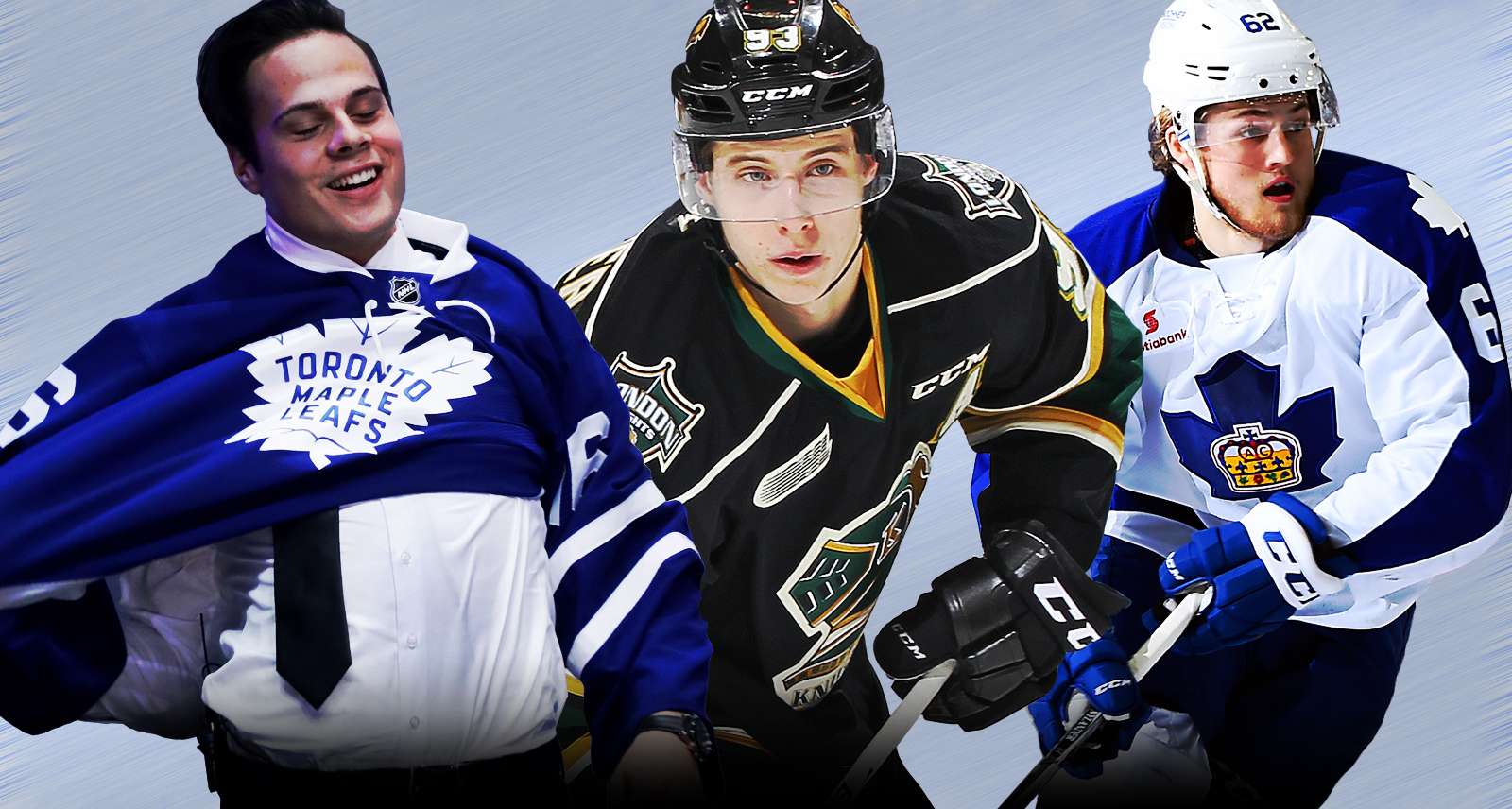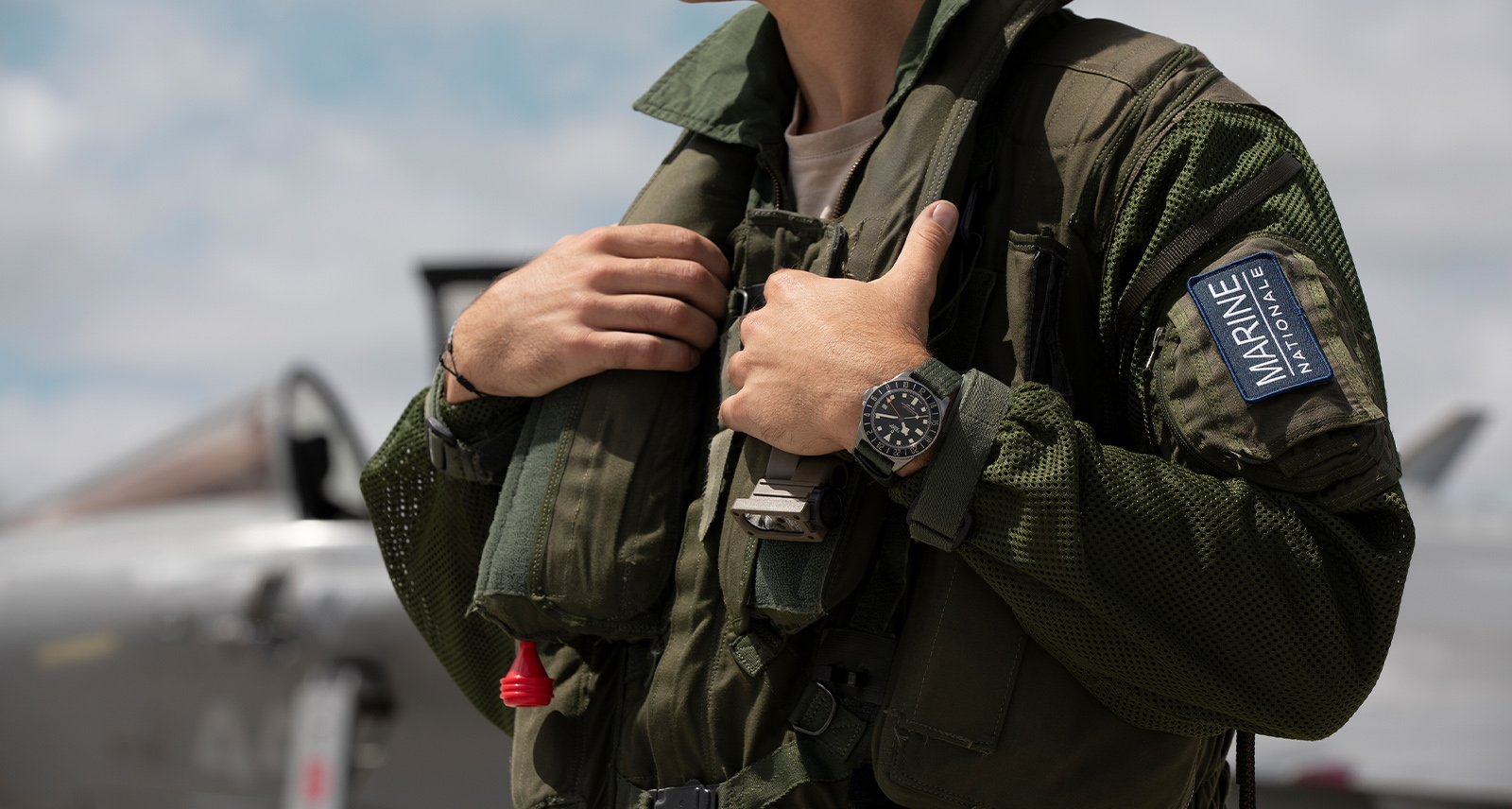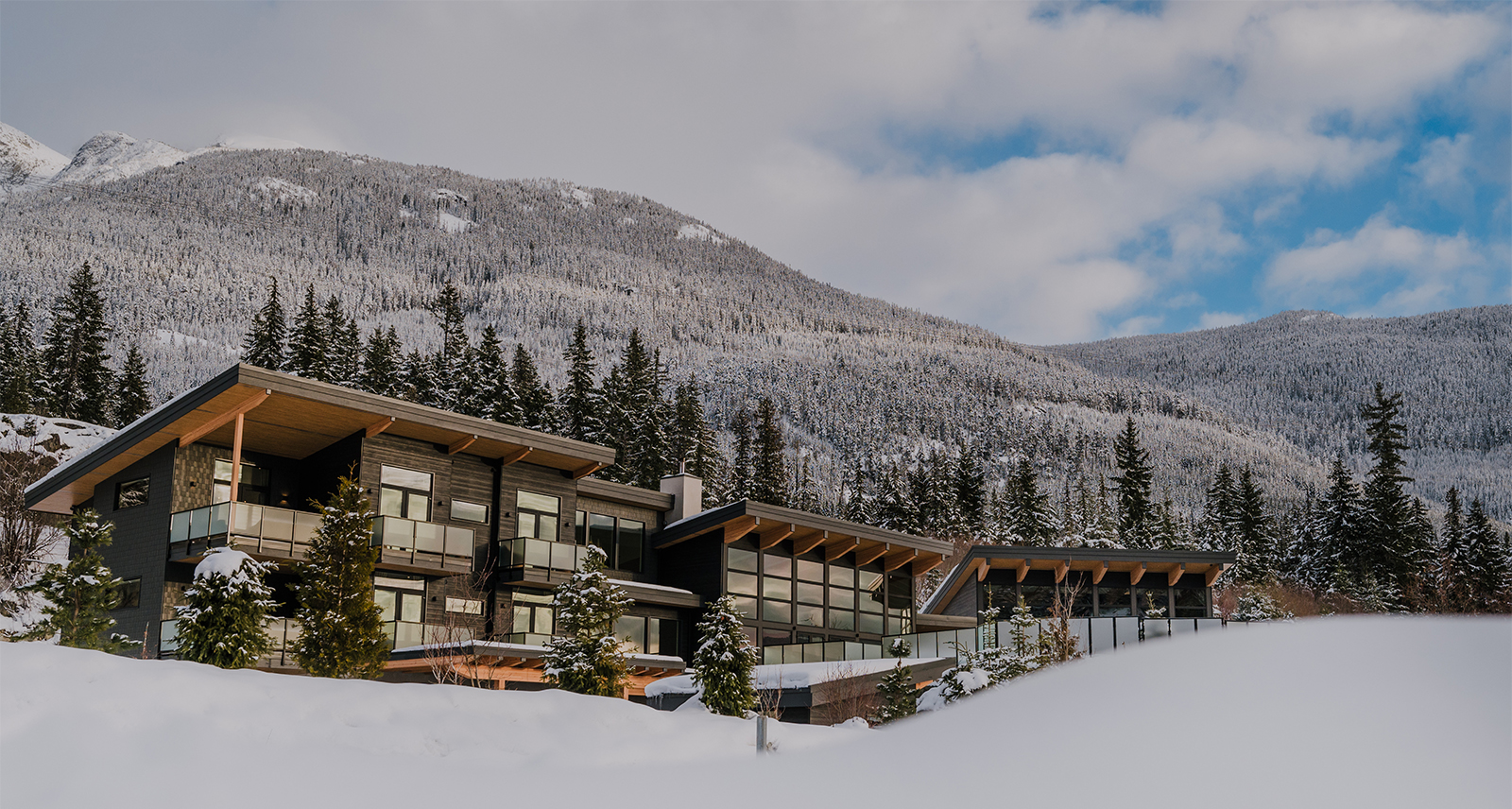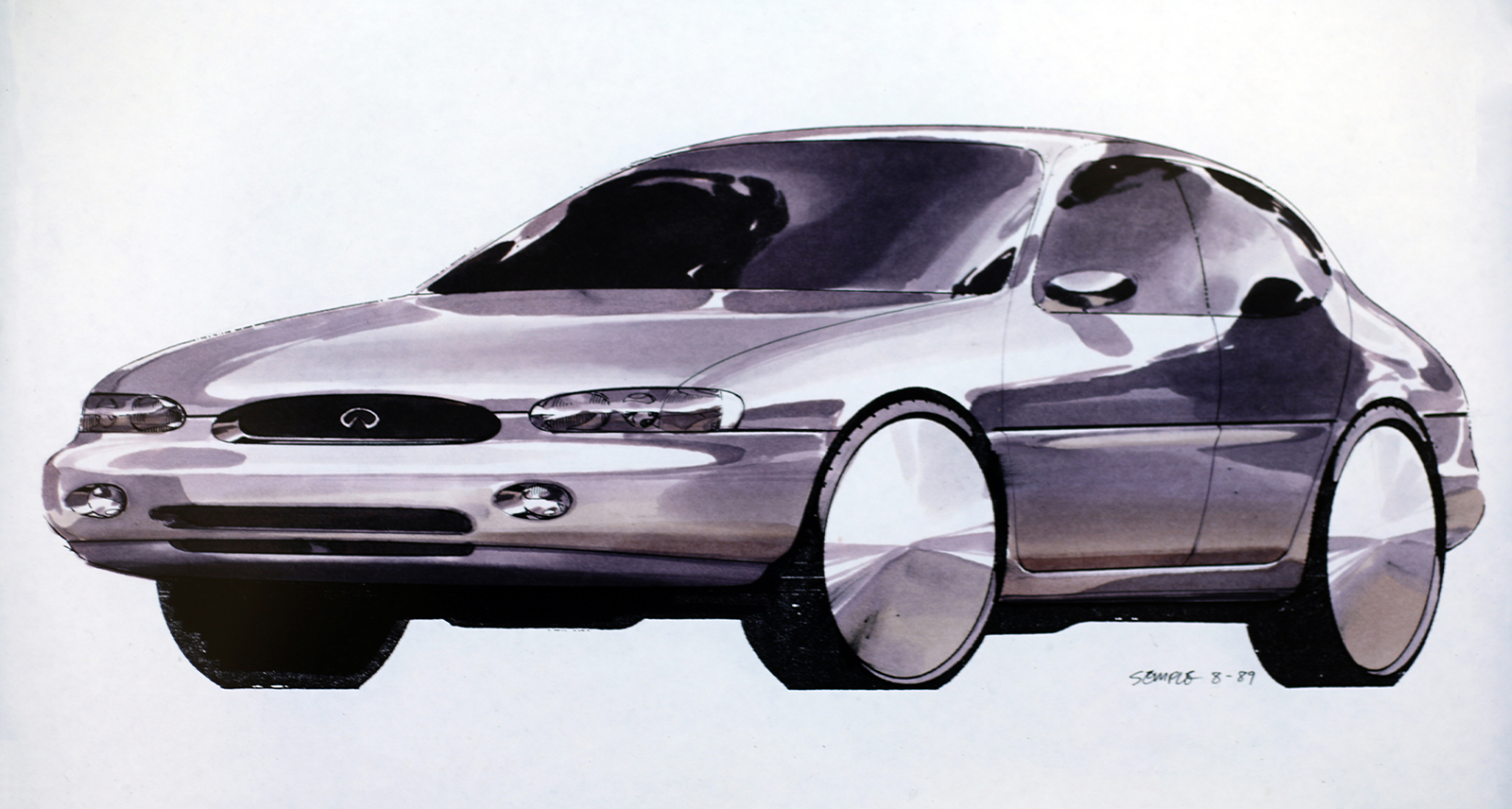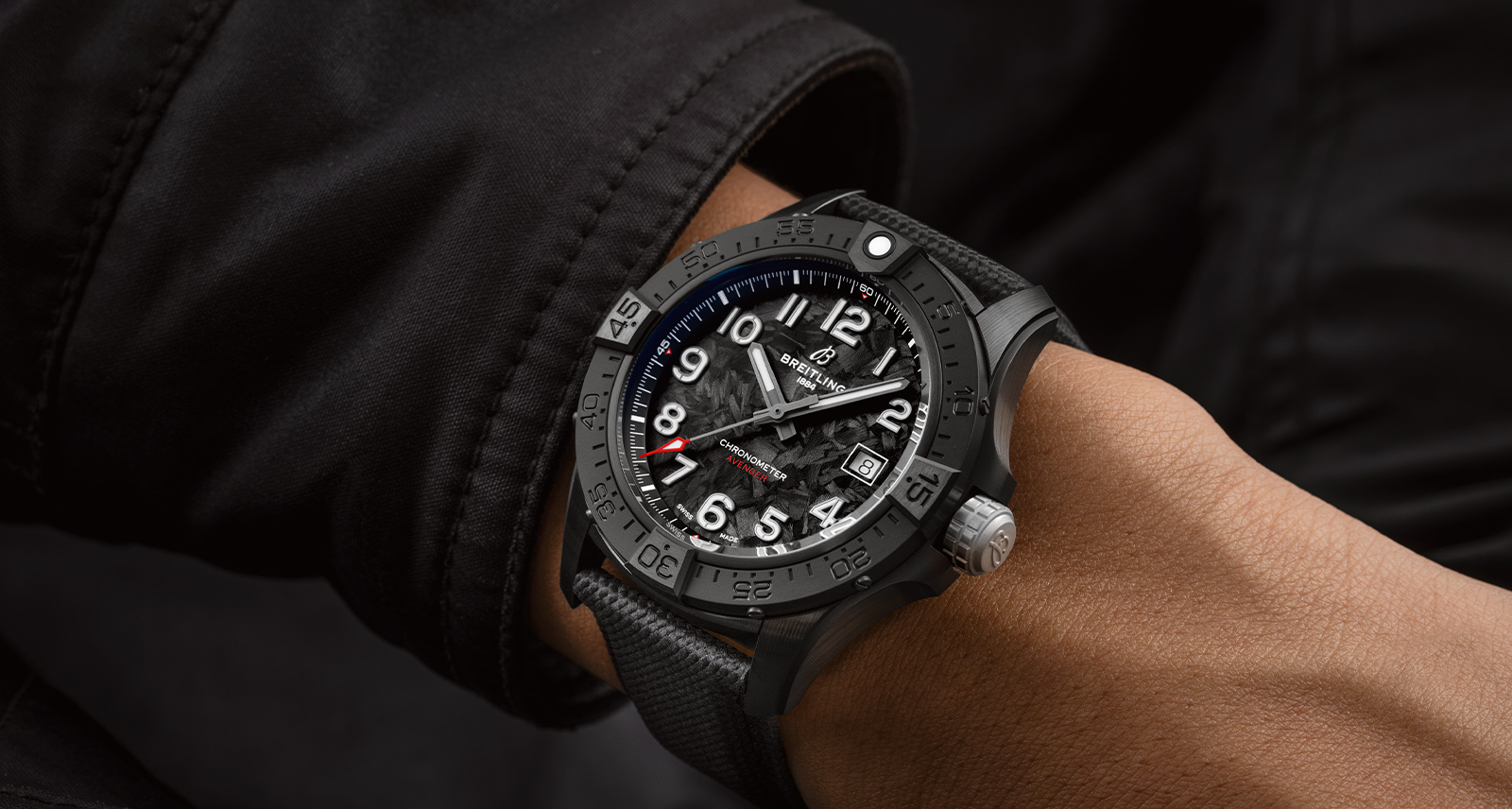Turning a New Leaf: A Closer Look at Toronto’s Hottest Young Prospects
Let’s just come out and say it: the Toronto Maple Leafs’ 2015-16 season was one spectacular tank job. Nobody in the Maple Leafs front office — least of all the team’s lead architects, president Brendan Shanahan and general manager Lou Lamoriello — would ever admit it publicly, but the plan all along was to further the Leafs’ rebuild by finishing dead last. And, by George, the gamble actually worked.
Not only did the Leafs land the first-overall pick in this year’s NHL Entry Draft — and generational star Auston Matthews in the process — but their path to getting there was softened by the presence of head coach Mike Babcock behind the bench. Sure, Toronto lost more games than any other team in the league. But they didn’t do so with a whimper, the way the Philadelphia 76ers did over in the NBA. Babcock made the most of those losses — using them as teaching moments — and installed a new culture of respectable, honest, hard-working effort that fans could be proud of.
And now, with that long, dark year behind them, Leafs Nation has one hell of a bright future to look forward to. An influx of young talent is poised to make the jump to the NHL. They’ve found a solution to their goaltending woes. The foundation has been laid. Now it’s on to Phase II. Yes, there’s a lot of development still to come, but the Leafs are ready to start winning some games.
Here, we take a closer look at five of Toronto’s on-the-rise hotshots and speculate on how the team will use them on the ice.
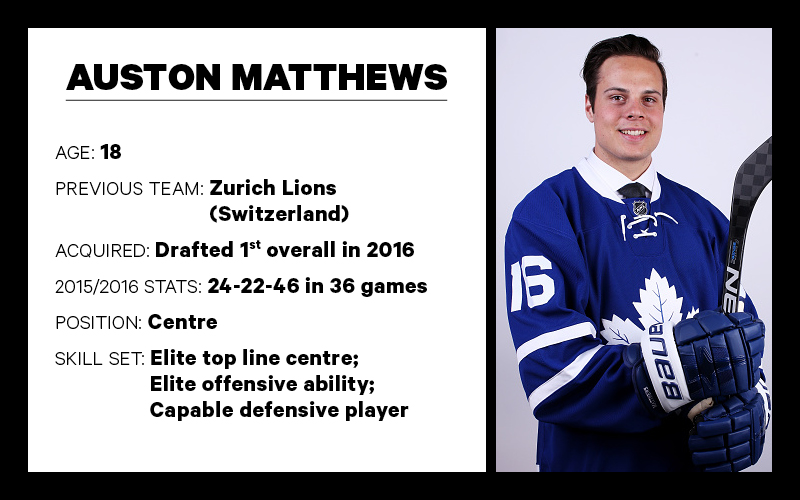
Matthews is the franchise-calibre centre the Leafs have been searching for ever since Mats Sundin left in 2008. In the interest of managing expectations for his new top prospect, Babcock has already indicated Matthews will start the season as the third line centre behind Tyler Bozak and Nazem Kadri. We’ll see how long he stays there, but either way, he provides immediate depth up the middle that make the Leafs a far better team.
Players this complete don’t come around often, and Babcock certainly wasn’t hiding his excitement moments after Matthews officially became a Maple Leaf. “Obviously we got a lot better,” said the Leafs head coach. “He’s an elite player with an elite drive-train, big body guy, makes players better. He’ll develop into a top, top centre in the National Hockey League.”
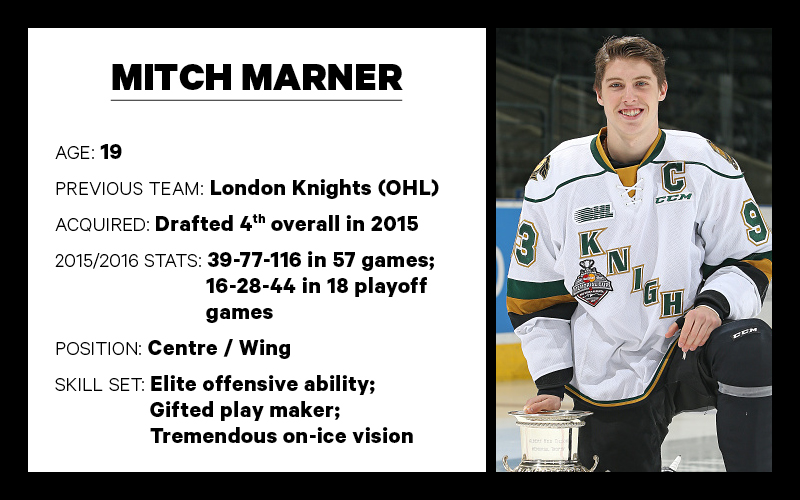
After leading the London Knights to a Memorial Cup with a sublime performance this spring, Marner will certainly get a long look from the Leafs come training camp. The onus will be on him to put in the appropriate work this summer to ensure he’s physically ready for the NHL. At 5’11, 164 pounds, the only knock against Marner is his size but with a skill set like his, odds are that he will be able to offset that weakness. Players of similar stature and skill sets including Johnny Gaudreau, Patrick Kane and Artemi Panarin have shown themselves to be more capable of handling the rigours of a full NHL season. Still just 19, Marner could be returned to the OHL if the Leafs feel his size is still an issue but after dominating the league last season, that option would not be ideal. A centre by trade, Marner, as is Babcock’s preference with younger players, likely will start on the wing. Down the road, his skill set screams out as a playmaker on the power play.
“He makes plays. He sees things. He’s a special talent,” Babcock told TSN’s Darren Dreger at the World Championships earlier this spring. “But part of your process is to make sure that your prospects are ready. You don’t want them hurt. It’s a man’s league; it’s a hard league. He’s a super talent, so we are just going to watch him and see what happens.”
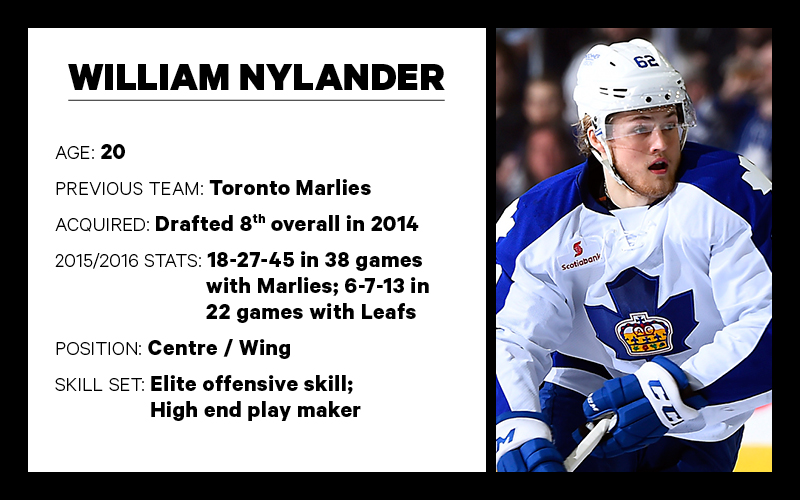
Entering his third season in the Leafs organization, the time is now for Nylander to break through to the NHL. The team has taken a cautious approach to his development, allowing the young Swede to learn the North American game by spending two seasons with the Toronto Marlies of the AHL. In 22 games with the Leafs towards the end of last season, Nylander’s skills were more than good enough to produce at the NHL level. But Babcock still has reservations about the 20-year-old’s self-motivation and positioning when he doesn’t have the puck on his stick.
“What is going to decide that for him is how much drive he has,” said Babcock, back in March when asked what it will take for Nylander to become an elite NHLer. “Doing little things right, [how] to train [properly], to eat, to live. He has ability and seems to be comfortable with himself.”
With Nazem Kadri, Tyler Bozak and Auston Matthews playing up the middle, expect Nylander, as was Babcock’s desire late last season, to play on the wing. This limits his defensive responsibilities to just one side of the ice instead of having to worry about the whole zone as a centreman. Provided he keeps himself in the coach’s good books, power play time also makes sense for a player of his offensive abilities.
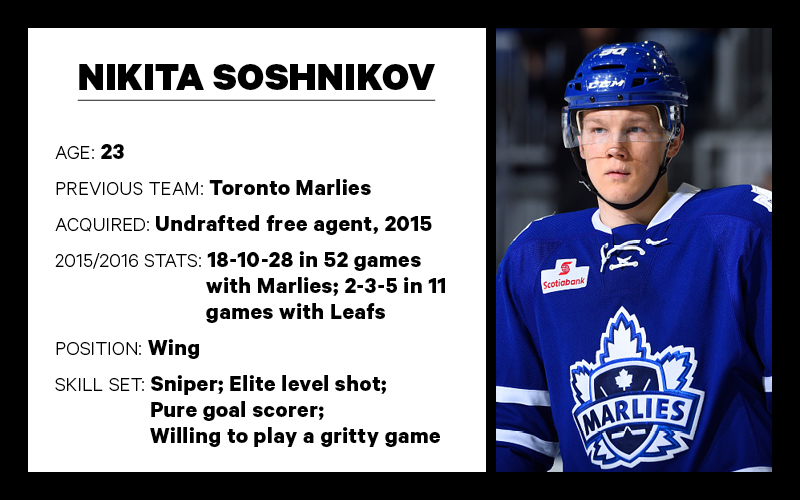
Signed as an undrafted free agent late in the 2014-15 season, Soshnikov is the type of player that other teams seem to luck into and the Leafs always miss. Just look at Artemi Panarin of the Blackhawks, who went undrafted before earning the Calder Trophy this past season.
Let’s not set the expectations too high, but it’s high time Toronto found their very own diamond in the rough. In 11 games with the Leafs late last season, Soshnikov displayed a lethal, upper-echelon shot, the type possessed by the most dangerous of goal scorers. He also showed a willingness to engage physically, until an upper body injury derailed his progress. Learning how to play that style at the NHL level without constantly exposing himself to danger will be a key for Soshnikov. After all, the best ability is availability.

Brown’s progression through the organization has been slow but very steady. After being drafted in 2012, he played two more years of junior with the OHL’s Erie Otters, before spending the last two seasons predominantly with the Marlies. What’s held him back has never been related to skill — in his first AHL season, he put up an astounding 61 points in 72 games — it’s always been a question of size. But the one-time 147-pound draftee recently said he expects to come to training camp at 185 pounds.
If Brown could slot in on the right wing on the third line, that would be ideal. His offensive ability would allow him to move up the line up in case of injuries and contribute on the power play, while keeping him away from other teams’ top lines and defensive pairings at full strength. The Pittsburgh Penguins showed in their run to the Cup that with three skilled lines, it presents all kinds of headache-inducing defensive issues to opponents.
Said Coach Babcock about Brown back in March: “He’s obviously got elite hockey sense. He’s going to be a good NHL player for a long period of time.”
